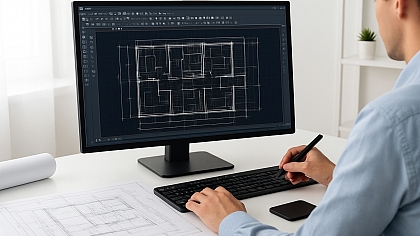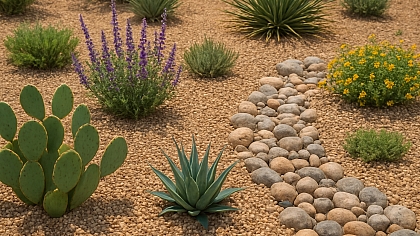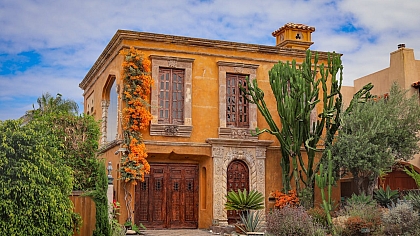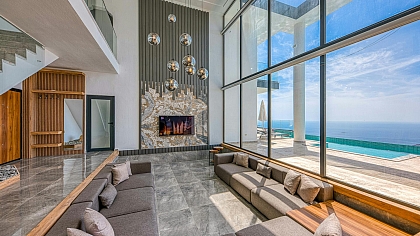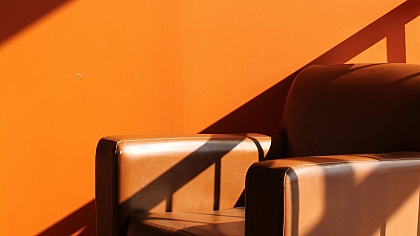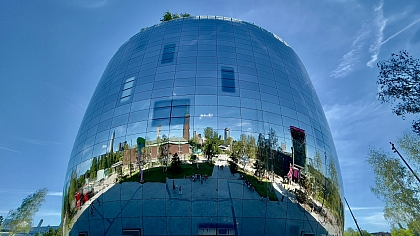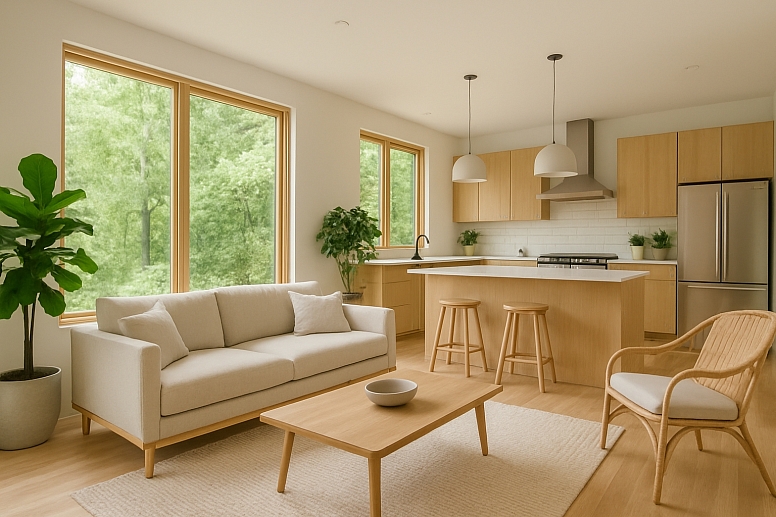
Designing Greener Homes for a Stronger Market
Walk into almost any newly built home today, and you’ll notice something different.
The air feels cleaner.
The light feels warmer.
The spaces feel more intentional.
It’s not an accident — it’s sustainability. And in the Southeast, buyers are embracing it faster than ever before.
What used to be considered a bonus feature (like energy-efficient windows or solar panels) is quickly becoming the standard. From Atlanta to Raleigh to Nashville, homeowners are rethinking how design, comfort, and environmental responsibility can coexist. And more importantly? They’re discovering how sustainable choices boost not only livability, but long-term property value.
Why eco-conscious design is shaping the future of real estate — and why Southeast homeowners should pay close attention.
1. Why Green Living Is Booming in the Southeast
Sustainability isn’t just a trend. It’s a movement — and the Southeast is now one of the fastest-growing regions embracing energy-efficient homes.
Why here? A few big reasons:
- Climate: Hot summers mean high energy costs, making efficient homes more appealing.
- Population growth: The Southeast has seen a significant influx of new residents, many of whom prioritize eco-friendly living.
- Government incentives: States like Georgia, North Carolina, and Tennessee offer rebates and tax advantages for upgrading to sustainable systems.
- Lifestyle shift: Families want healthier indoor environments and homes that feel connected to nature.
Research from the National Association of Home Builders shows that over 60% of homebuyers now prefer energy-efficient homes, even if the initial cost is higher. That’s a huge shift in mindset — especially in traditionally conservative housing markets.
People don’t just want homes that look good. They want homes that work smart and live lightly
2. Sustainable Architecture = Higher Buyer Interest
There’s something powerful about stepping into a home that feels both beautiful and responsible. Buyers notice it immediately.
And here’s the interesting part: sustainable features don’t have to be dramatic or futuristic. Sometimes the simplest choices speak the loudest.
Why sustainable homes attract more buyers:
- They have lower monthly utility costs.
- They offer healthier indoor air quality.
- They typically require less long-term maintenance.
- They appeal to eco-conscious buyers — a rapidly growing demographic.
But the biggest factor? Long-term value.
Homes built with sustainable design elements tend to hold their value better and sell faster. Many Southeast homeowners are beginning to see that environmentally friendly design isn’t just ethical — it’s financially smart.
3. Materials That Make a Difference
Let’s talk specifics — because sustainable architecture isn’t a vague idea. It’s built from real materials and real choices.
Some of the most popular eco-friendly materials appearing in Southeast homes include:
Reclaimed Wood
Beautiful, character-rich, and reduces the need for fresh lumber. Perfect for flooring, beams, and accent walls.
Recycled Steel
Stronger than traditional lumber and highly durable. Great for structural framing.
Low-VOC Paints
Reduces indoor toxins and improves air quality. An easy switch with a big impact.
Bamboo Flooring
Renewable, elegant, and long-lasting — buyers love the look.

Even simple swaps, like choosing stone countertops sourced from local quarries, can reduce environmental impact while adding aesthetic appeal.
The takeaway? Materials matter — and they tell a story buyers want to hear.
4. Solar Integration: Powering Homes More Efficiently
Solar energy continues to soar in popularity across the Southeast. And contrary to common belief, it’s not just for luxury homes or sprawling rooftops anymore.
Thanks to falling costs and rising interest in energy independence, solar is now one of the most requested home features in the region.
Benefits Southeast buyers love:
- Lower monthly energy bills
- Reduced carbon footprint
- Up to 20% increase in perceived home value
- Ability to store energy during storms (huge for coastal states)
Solar panels, solar shingles, and integrated battery systems are quickly becoming must-have features — especially for design-forward, future-focused homes.
5. Biophilic Design: When Nature and Architecture Align
Here’s where sustainability becomes beautiful.
Biophilic design — the art of connecting people with nature inside the home — is one of the most influential design philosophies shaping modern Southeast architecture.
It’s more than plants and sunlight (though those help). It’s about designing homes that feel alive.
Think:
- Expansive windows that frame natural landscapes
- Indoor gardens or green walls
- Natural airflow and ventilation paths
- Organic materials like stone, wood, and clay
- Soft, warm lighting that mimics sunrise and sunset
Biophilic design doesn’t just boost mood and well-being. It adds emotional value — the kind buyers instantly connect with.
In fact, studies show that homes featuring biophilic elements can increase perceived value by up to 15%. Why? Because people crave spaces that offer calm, clarity, and connection.
Closing Thoughts: Sustainable Design Is More Than a Trend — It’s the Future
The Southeast is evolving — fast.
Homes are becoming smarter, healthier, and more connected to nature. Buyers are paying attention. And homeowners who embrace sustainability now are positioning themselves for stronger value down the line.
From energy-efficient systems to eco-friendly materials to nature-inspired design, the choices we make today shape not only our homes but the future of our communities.
Sustainable architecture isn’t a fad. It’s a forward-thinking investment that transforms the way we live — and the way we sell.
And as demand continues to grow, one thing becomes clear: the homes with the greatest value tomorrow are the ones that honor the world around us today.

